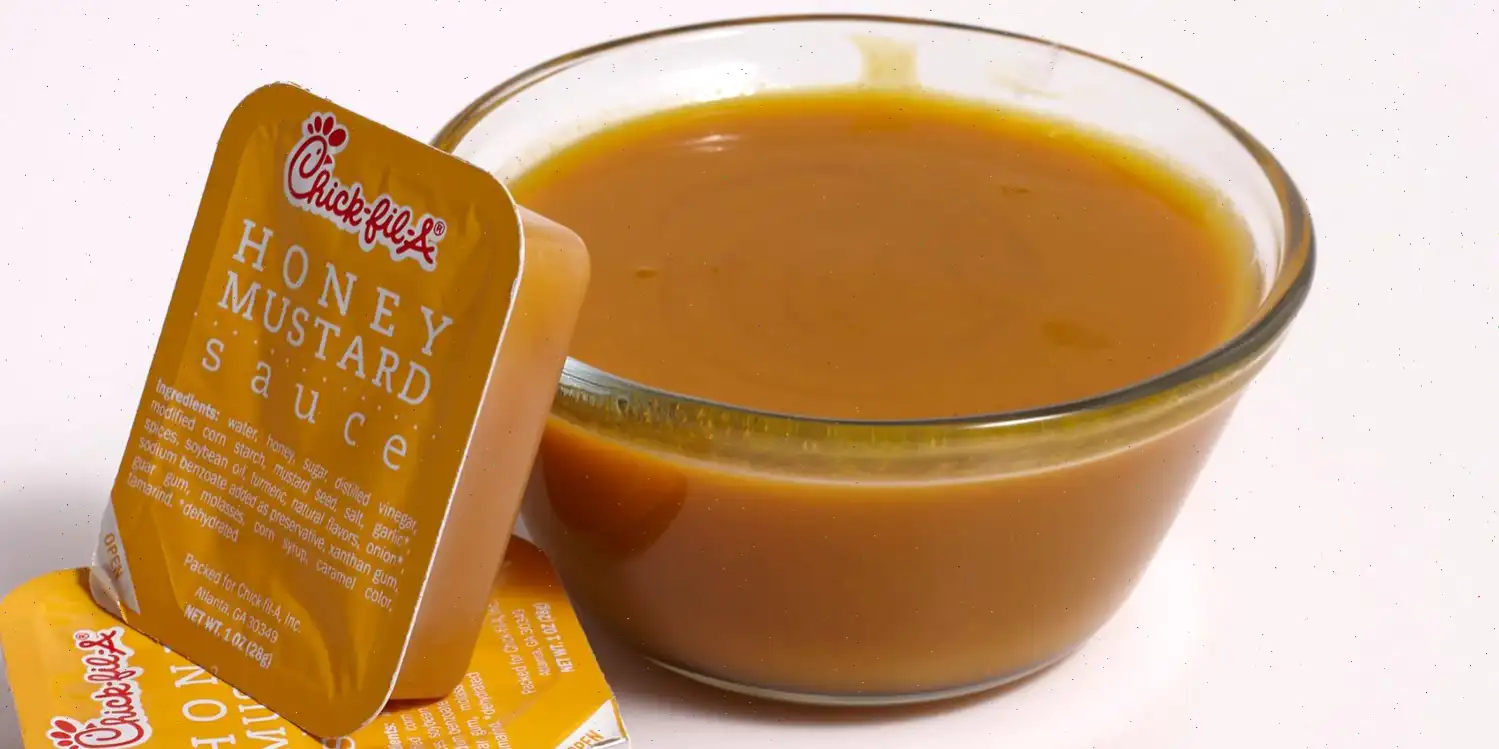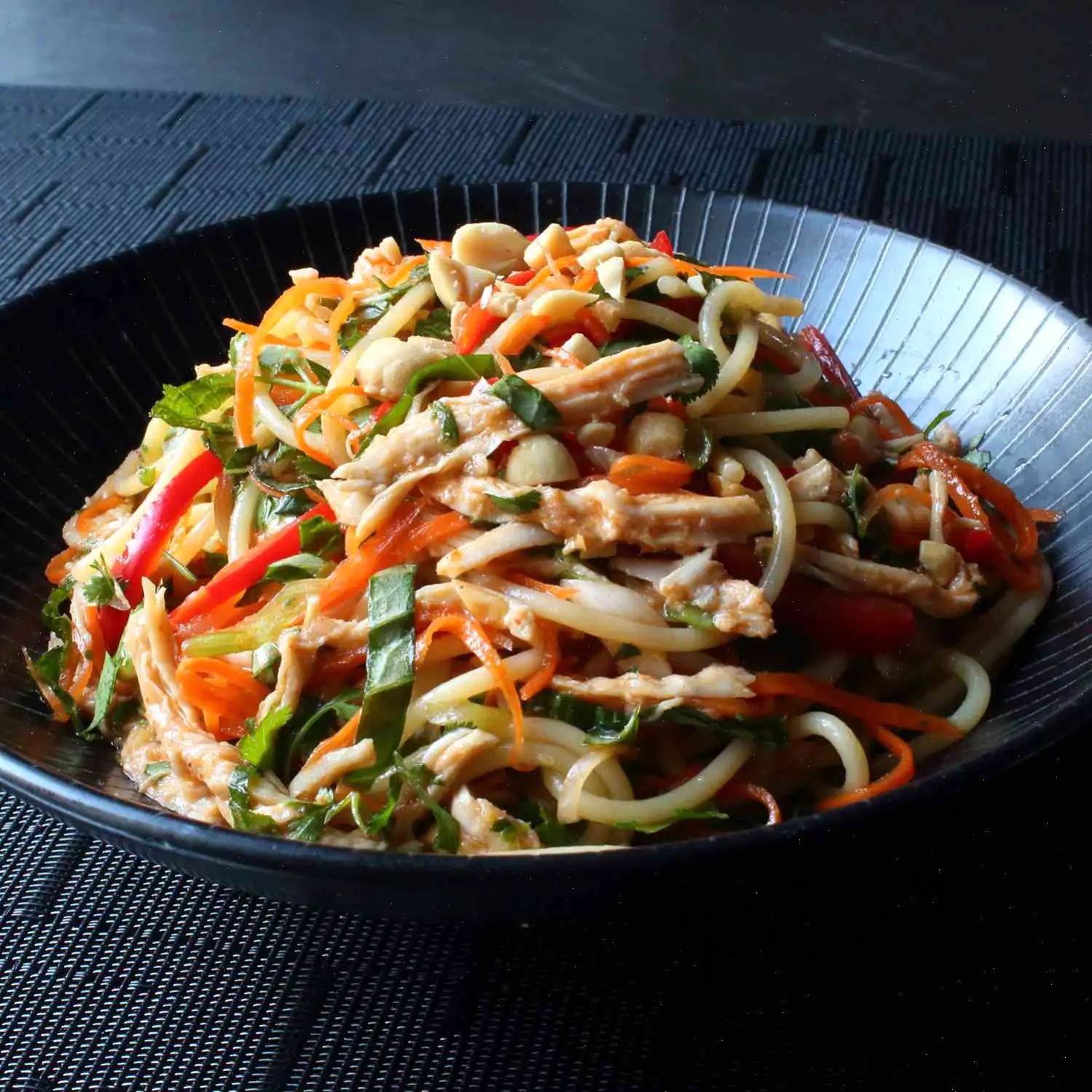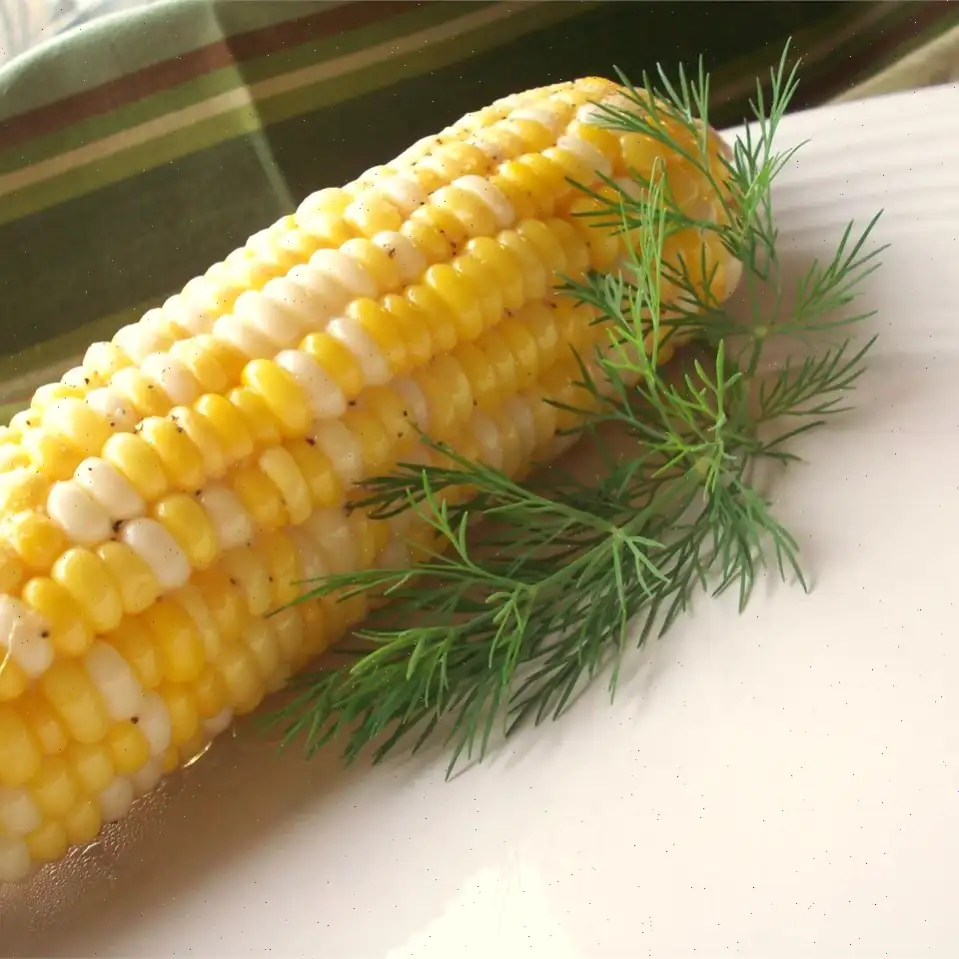
Copycat Chick-Fil-A Honey Mustard Recipe
For a flavorful and tangy dip, try this honey mustard sauce with a twist. This simple recipe yields 16 servings, perfect for your next gathering or meal.
Ingredients
- 1/2 cup yellow mustard
- 1/3 cup honey
- 2 tablespoons corn syrup
- 1/4 teaspoon molasses
- 1/4 teaspoon tamarind paste
- 1/4 teaspoon kosher salt
Directions
Follow these simple steps to create a delicious sauce:
- In a medium bowl, whisk together the yellow mustard, honey, corn syrup, molasses, tamarind paste, and kosher salt until the mixture is smooth and well combined.
- Once the ingredients are blended, cover the bowl and chill the sauce in the refrigerator until ready to serve.
- Store any leftover sauce in an airtight in the fridge, where it will stay fresh for up to two weeks.
Nutrition Facts
Each serving (1 tablespoon) contains:
| Nutrition | Amount | % Daily Value |
|---|---|---|
| Calories | 34 | - |
| Total Fat | 0g | 0% |
| Saturated Fat | 0g | 0% |
| Cholesterol | 0mg | 0% |
| Sodium | 108mg | 5% |
| Total Carbohydrate | 8g | 3% |
| Dietary Fiber | 0g | 1% |
| Total Sugars | 8g | - |
| Protein | 0g | 1% |
| Vitamin C | 0mg | 0% |
| Calcium | 6mg | 0% |
| Iron | 0mg | 1% |
| Potassium | 17mg | 0% |
* Percent Daily Values are based on a 2,000 calorie diet. Your daily values may be higher or lower depending on your calorie needs.
** Nutrient information is not available for all ingredients. Amount is based on available nutrient data.
If you are following a medically restrictive diet, please consult your doctor or registered dietitian before preparing this recipe for personal consumption.
The Story Behind Chick-Fil-A Honey Mustard
The iconic Chick-Fil-A Honey Mustard sauce traces its origins to the American South, where fast-food innovation in the 1960s and 1970s was rapidly evolving. Chick-Fil-A, founded in 1946 in Hapeville, Georgia, sought to complement its signature chicken sandwiches with unique condiments. The honey mustard sauce emerged as a perfect balance of sweet and tangy flavors, designed to appeal to a wide audience. While the exact recipe was proprietary, its popularity quickly spread beyond the restaurant chain, inspiring home cooks to recreate it in their own kitchens.
Regional Nuances
Southern cuisine emphasizes rich, comforting flavors, often blending sweet elements with savory staples. In this context, honey mustard occupies a special place as a versatile sauce. While northern and western U.S. variations may lean toward a sharper mustard taste, the southern version favors sweetness, with ingredients like honey and molasses creating a smooth, mellow profile. Some regional adaptations even incorporate touches of tamarind or cider vinegar to add depth, reflecting local produce and flavor preferences.
What Sets It Apart
Honey mustard may seem simple, but Chick-Fil-A's version stands out for its precise balance between sweetness, acidity, and a hint of spice. Unlike standard honey mustard found in grocery stores, this copycat recipe incorporates corn syrup and dark molasses, creating a thicker, richer texture. The addition of tamarind paste introduces a subtle tanginess, setting it apart from plain honey mustard or Dijon-based variants. This delicate interplay of flavors is what makes it so addictive and immediately recognizable.
Where Its Commonly Served
Traditionally, this honey mustard is served at Chick-Fil-A as a dipping sauce for chicken nuggets, strips, and waffle fries. Beyond the restaurant, home cooks have adopted it for a variety of uses, including salad dressings, sandwich spreads, or even as a glaze for roasted vegetables. Its versatility makes it a staple at casual gatherings, barbecues, and family dinners across the U.S.
Interesting Facts
- The combination of honey and mustard dates back centuries, but the fast-food adaptation popularized in the U.S. is a 20th-century invention.
- Chick-Fil-As sauce has inspired numerous copycat recipes online, demonstrating the brands cultural impact beyond the dining table.
- Despite its sweetness, the sauce contains very low fat and is surprisingly calorie-conscious for a dessert-like condiment.
- The addition of tamarind paste is relatively unusual in American sauces, reflecting a subtle global influence on a classic southern recipe.
- Many fans claim that replicating the flavor at home requires careful chilling and blending, highlighting the importance of texture and temperature in sauces.








